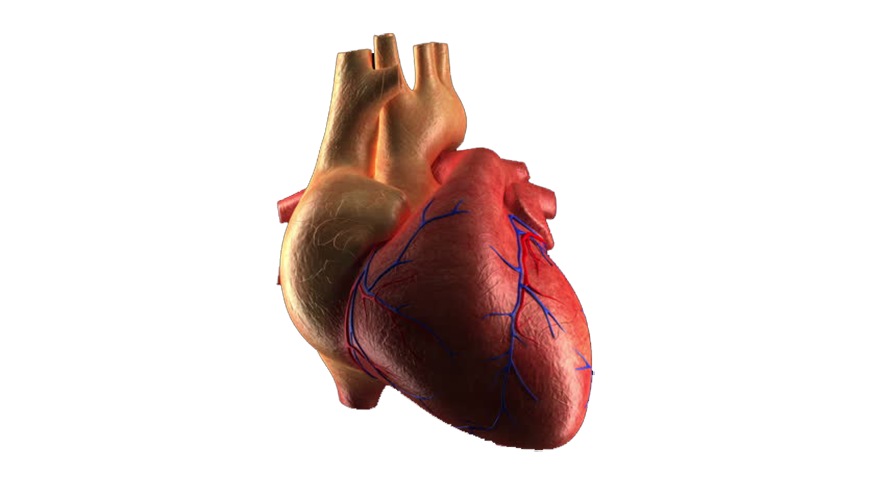Atrial and ventricular Expert in Perumbakkam
Your Trusted Partner in Atrial and ventricular
Atrial septal defect (ASD) is a hole in the wall between the heart’s upper chambers (atria), allowing blood to flow between them. We are here to provide you with top-notch care and guidance to tackle your problems.

Understanding Atrial and Ventricular
Causes of Atrial and Ventricular
Atrial and ventricular septal defects are typically caused by a combination of genetic and environmental factors, but their precise causes can be multifactorial. In some cases, they occur spontaneously without a known cause. These defects can also be associated with certain genetic syndromes or maternal factors during pregnancy, such as exposure to certain medications or infections.
How does AFib affect the body?
In a healthy heart, blood is pumped from the upper chamber into the lower chamber (or from the atria into the ventricles) in a single heartbeat. During that same beat, the blood is pumped from the ventricles into the body. However, when AFib affects a heart, the upper chambers no longer pump the blood into the lower chambers and it has to flow passively. With AFib, blood in the atria may not completely empty.
AFib is typically not life-threatening. However, it’s a serious medical condition that can lead to life-threatening complications if it goes untreated. The most serious complications are stroke, heart attack, and blockage of blood vessels leading to organs or limbs. When blood doesn’t completely empty from the atria, it can begin to pool. Pooled blood can clot, and these clots are what cause strokes and limb or organ damage when they’re ejected from the ventricles into the circulation.
How does VFib affect the body?
Ventricular fibrillation is disorderly and irregular electrical activity in the heart’s ventricles. The ventricles, in turn, do not contract and pump blood out of the heart into the body.
VFib is an emergency situation. If you develop VFib, your body will not receive the blood it needs because your heart is no longer pumping. Untreated VFib results in sudden death.
The only way to correct a heart that is experiencing VFib is to give it an electrical shock with a defibrillator. If the shock is administered in time, a defibrillator can revert the heart back to a normal, healthy rhythm.
If you have had VFib more than once or if you have a heart condition that puts you at high risk for developing VFib, your doctor may suggest you get an ICD. An ICD is implanted in your chest wall and has electrical leads that are connected to your heart. From there, it constantly monitors your heart’s electrical activities. If it detects an irregular heart rate or rhythm, it sends out a quick shock in order to return the heart to a normal pattern.
Not treating VFib is not an option. A Swedish study trusted source \ from 2000 reported the overall 1-month survival rate for patients with VFib that occurred outside of a hospital to be 9.5%. The survival range was between 50% with immediate treatment to 5% with a delay of 15 minutes. If not treated properly and immediately, people who survive VFib may suffer long-term damage or even enter a coma.
When to Reach Doctors for Atrial and Ventricular septal defects ?
- You should reach out to a doctor for atrial or ventricular septal defects if:
- You or your child has symptoms like rapid breathing, poor feeding, or cyanosis (bluish skin).
- You notice symptoms of heart problems, such as shortness of breath, fatigue, or chest pain.
- You or your child has been diagnosed with a heart murmur, and further evaluation is needed.
- You are pregnant, and prenatal screening suggests the possibility of these defects.
- You have concerns about congenital heart disease due to a family history or genetic risk factors.
Early diagnosis and intervention are crucial for managing these defects effectively
Treatments
Treatments for AFib and VFib aim to stabilize the person and address the underlying cause.
Doctors can treat AFib by prescribing medications to regulate a person’s heart rate. These include:
- Beta-blockers.
- Calcium channel Blockers
- Digoxin
- Amiodarone
They can also perform procedures to bring a person’s heart rate back to normal rhythm, such as synchronized cardioversion or ablation.
Treatments for acute VFib focus on treating a heart attack. These include trusted source:
- CPR
- Defibrillation
- Medications, including lidocaine and amiodarone
Frequently Asked Question on Atrial and Ventricular
An atrial septal defect is a hole in the wall between the heart’s upper chambers (atria), allowing blood to flow between them.
A ventricular septal defect is a hole in the wall between the heart’s lower chambers (ventricles), causing a mixing of oxygenated and deoxygenated blood
Symptoms can vary but may include rapid breathing, poor feeding, cyanosis (bluish skin), or heart-related symptoms like shortness of breath and fatigue.
: Prevention is often challenging, as many cases occur spontaneously. Genetic counseling may be considered in families with a history of these defects.
Small defects may close on their own, but larger or symptomatic defects may require surgical repair, minimally invasive procedures, or medications. Regular follow-up with a cardiologist is crucial.
The prognosis varies, but with appropriate care and intervention, many people can lead healthy lives and have a good quality of life.
